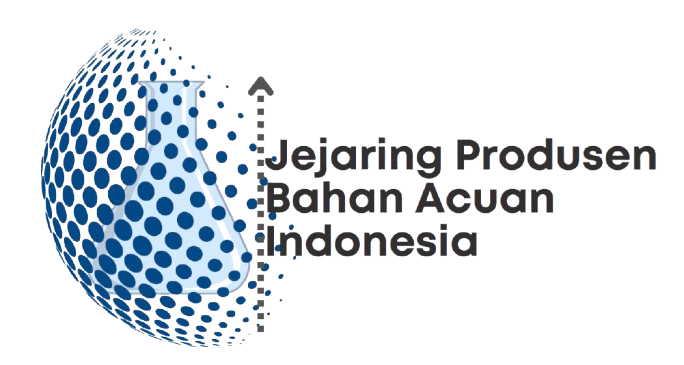Explore how Sevilla FC’s smart tactical changes in 2025 have sparked a revival in La Liga. Discover the key shifts, players, and what this means for football fans.
Sevilla’s Revival: Tactical Shifts That Work in 2025
For a club steeped in history and success, especially in European competitions, the past few seasons had been rough for Sevilla FC. However, the 2025 campaign marks a stunning turnaround for the Andalusian side. After a turbulent period of inconsistency, managerial changes, and underwhelming domestic form, Sevilla are once again on the rise—thanks to a series of well-executed tactical shifts.
In a Dis88 era where fine margins often determine success, Sevilla’s ability to adapt their philosophy without losing their identity is a story worth telling. With La Liga becoming increasingly competitive and unpredictable, Sevilla’s resurgence shows how smart management and tactical evolution can breathe new life into a club.
⚽ A Look Back: The Struggles That Preceded the Comeback
Sevilla entered the early 2020s as serial UEFA Europa League contenders, having lifted the trophy six times between 2006 and 2020. Domestically, they were regularly in the top four, giving the giants of La Liga a consistent challenge.
However, by 2022–2024, cracks began to show:
- Inconsistent performances under multiple coaches
- Poor form at home and in key away matches
- A breakdown in midfield control and attacking transitions
- Aging squad and questionable recruitment choices
These issues saw Sevilla drop out of the Champions League spots and even flirt with relegation at one point—an unimaginable position for such a decorated club.
🧠 Tactical Overhaul Under New Management
The appointment of José Luis Mendilibar initially brought stability. But it was his successor, Diego Alonso, who has truly reshaped Sevilla in 2025. Combining pragmatism with flexibility, Alonso has implemented a series of tactical reforms that have brought results and revived belief in the team.
Key Tactical Shifts That Worked:
1. Shift to a 4-2-3-1 Formation
Alonso brought back the trusted 4-2-3-1, which had once defined Sevilla’s best years. This shape allowed them to balance defense and attack, placing their most creative players in optimal zones.
2. Double Pivot Solidity
Deploying two central midfielders—often Fernando and Joan Jordán—provided a strong spine. This double pivot helped Sevilla control games, protect the defense, and link play to the attacking midfield line.
3. Dynamic Fullbacks
Fullbacks such as Jesús Navas and Marcos Acuña were used aggressively. Rather than sitting back, they bombed forward to stretch opposition defenses and provided width that freed up the wingers.
4. Reactivation of the Press
Sevilla’s pressing game had weakened in recent years. The new system emphasized coordinated high pressing again, especially after losing possession. This created chaos for opponents and allowed quick regains in advanced areas.
5. More Vertical Play
Rather than over-elaborating, Alonso introduced verticality into the team’s play. Transitioning quickly from midfield to attack helped Sevilla exploit spaces and get behind defensive lines more efficiently.
🌟 Key Players in the Revival
🔥 Youssef En-Nesyri
Back to form and scoring consistently, the Moroccan striker is once again proving to be a reliable finisher. His aerial ability and movement in the box have made him a central figure in Sevilla’s attack.
🧠 Isco
Revitalized under Alonso, Isco is playing his best football in years. Operating behind the striker, his creativity and vision have become a lifeline for Sevilla’s offensive movements.
💪 Nemanja Gudelj
Gudelj’s versatility—able to play as a center-back or midfielder—has been invaluable. His physical presence and passing range have added composure at the back and structure in transitions.
🛡️ Marko Dmitrović
With Bono’s departure, Dmitrović stepped up as Sevilla’s number one. His confident shot-stopping and leadership have helped the team in tight matches.
👟 Lucas Ocampos
Always a fighter, Ocampos remains one of the most committed wingers in La Liga. His defensive tracking and high pressing perfectly suit the new system.
📊 The Stats Tell the Story
Sevilla’s improvements are not just visual—they’re supported by hard numbers:
- Win Rate: Up from 35% in 2023 to over 58% in 2025
- Goals Conceded Per Match: Dropped from 1.6 to 1.1
- Clean Sheets: Increased significantly under Alonso
- Pressing Success Rate: One of the highest in La Liga
- xG (Expected Goals): Reflects better shot quality and decision-making
These metrics confirm what fans already know—Sevilla are back, and they’re competing smartly and efficiently.
🔄 Smarter Recruitment and Squad Rotation
The 2025 summer window was Sevilla’s most strategic in years. Instead of high-profile panic buys, the club focused on:
- Players who fit Alonso’s system
- Younger, athletic profiles
- Loans and short-term deals with high upside potential
Players like Kike Salas, Hannibal Mejbri, and Loïc Badé have added depth, freshness, and hunger to the team. With better rotation and squad depth, Sevilla have handled the congested fixture list with resilience.
🏟️ The Ramón Sánchez Pizjuán Fortress
The legendary stadium has once again become a fortress. With home fans fully behind this revived team, Sevilla have turned the Pizjuán into one of La Liga’s most hostile atmospheres.
Home form in 2025:
- Wins against top-six opponents
- Multiple clean sheets
- Dominant possession and territorial control
This connection between fans and players, often strained in recent seasons, is being rebuilt game by game.
🔮 What Comes Next?
With Sevilla climbing back into the top six, a European return looks highly likely. If their current form continues, there’s even talk of an outside push for the Champions League spots.
Key goals for 2025:
- Secure a top-five La Liga finish
- Deep run in the Copa del Rey
- Long-term squad building for sustained success
More importantly, Sevilla have rediscovered their identity—intense, technical, fearless football that made them a respected name across Europe.
📣 Why This Matters for Football
Sevilla’s revival isn’t just a good story—it’s a lesson for modern football:
- Tactical adaptability matters
- Stability and long-term thinking pay off
- Clubs don’t need massive budgets to bounce back
- Homegrown talents and system-fitting players can outperform stars
In a world obsessed with short-termism, Sevilla show that patience and vision can still win.
✅ Conclusion: Support the Rise, Support Football
Sevilla’s tactical shifts in 2025 have reignited their competitive flame. More than just formations and stats, their revival is about belief, effort, and smart leadership.
For football fans, this is a team worth watching—not just for their results, but for the passion and structure behind their performances.
If you believe in the power of tactics, team spirit, and football’s magic, support clubs like Sevilla who rise again through grit and brilliance.
Support tactical growth. Support revival stories. Support football.

